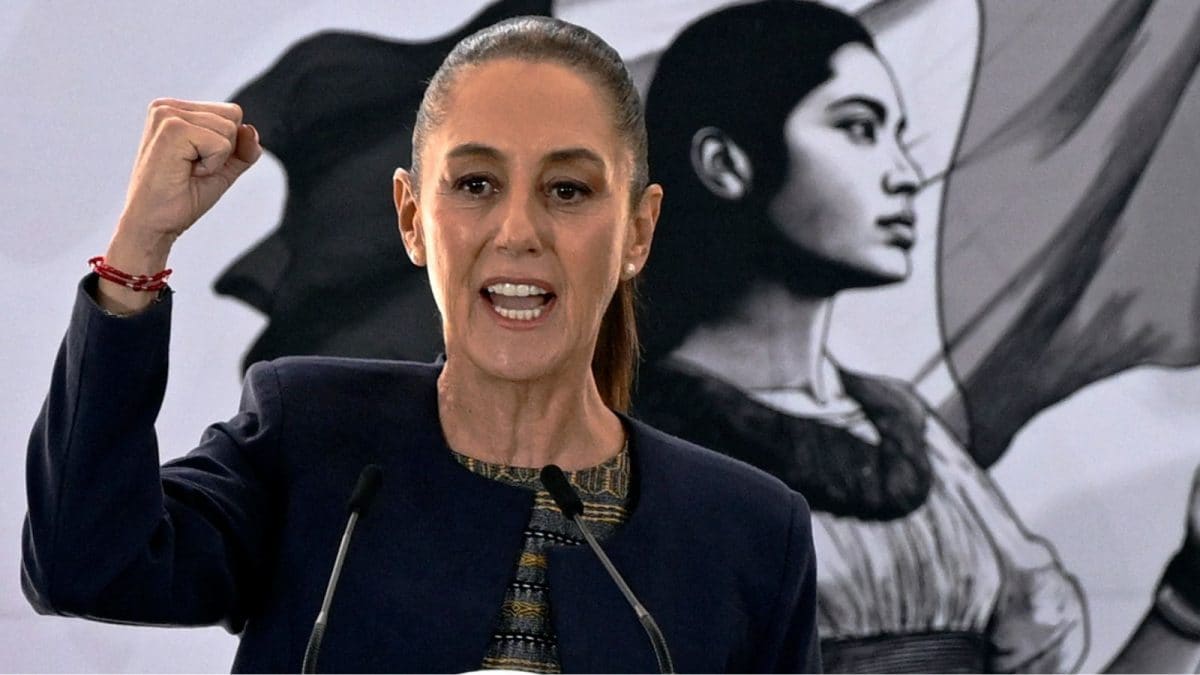From the coastal villages of Karnataka to international borders, the traditional dance-drama art form Yakshagana, has traversed and evolved over the decades, with changes in its elaborate costumes, headgear, stage structure and even the themes of its performances. Mainly practiced in Udupi, Shivamogga and Chikkamagalurur in Karnataka, and Kasargod in Kerala, Yakshagana combines dance, music, and improvised speech for storytelling on stage.
Shridhar Hegde Keremane, a Yakshagana artiste of the Idagunji Mahaganapati Yakshagana Mandali troupe, says, “My great grandfather, Shivarama Hegde, established our troupe in 1934 in Honavar. Since then, many changes have been incorporated — for instance, my great grandfather introduced time-limited shows in practice.”
For the longest time, all Yakshagana performances would be performed by men in open fields, lasting a whole night from dusk to dawn. Now, there are shows ranging anywhere from five minutes to five hours in airconditioned auditoriums at any time of the day, some even being performed by women artistes.

A Yakshagana performance | Photo Credit: Special arrangement
Embracing new narratives
However, one of the biggest shifts in contemporary Yakshagana was when artistes decided to use narratives outside the context of The Ramayana and The Mahabaratha. Sharanya Ramprakash, a trained Yakshagana artiste and theatre maker says, “Instead of a mythological story, a Yakshagana performance might centre around Bahubali with elements from contemporary life. Or even if they use stories from the epics, they are contemporised.”
She believes this is one way in which this art form remains relevant today. “I believe a form that listens to the contemporary beat of today will not die. With changes in society, Yakshagana performances are improvised through its speech and narratives.”
Shridhar begs to differ, saying this attempt to contemporise disrespects the traditional art form. “There are troupes which see this art form as an industry, they look at ticket sales rather than creativity or original ideas.”
He adds, “Even if a performance is repeated at the same place with the same story and cast, people will still watch it. That is because even though the story is the same, the dance and speech will be improvised.”
Can tradition and the contemporary coexist?
Priyanka K Mohan, a Yakshagana artiste and art curator with Suarita Arts Collective feels both traditional and contemporary forms of Yakshagana should be practiced. She was introduced to the artform by her father, K Mohan, founder of Yaksha Degula, a Yakshagana school founded in 1980 in Basavanagudi.

Yakshagana artiste Priyanka K. Mohan | Photo Credit: Special arrangement
“Most of our work is based on traditional texts but 20% of our performances bring innovation without disrespecting the art form. Some of our performances deal with contemporary issues such as dowry, HIV, the right to vote and to education.”
She adds, “At the end of the day, all art forms communicate through stories. Initially, when people did not have access to formal education, theatre was a tool to spread awareness. If we don’t tell new stories now, you won’t always be able to connect with more people and eventually, the art form will die out.”
Priyanka says, people claiming to be Yakshagana artistes without under going formal instruction, are being disrespectful to those who have spent years training.
Learning Yakshagana, Sridhar says, is like learning a new language. “You have to spend time to understand its roots, stories and practices.”

A Yakshagana troupe training | Photo Credit: Special arrangement
Troupes that pair film songs with Yakshagana performances, Priyanka says, in unacceptable. “Neither is making a Yakshagana artiste, in his complete attire walk between a bride and groom.”
No matter how relevant contemporary stories are, Priyanka says, we still need to perform traditional texts because wisdom and knowledge is passed on through them. “Each of us promote this art form by educating ourselves on what constitutes a genuine Yakshagana performance.”



.png)
.png)
.png)
















 5 hours ago
4
5 hours ago
4








 English (US) ·
English (US) ·